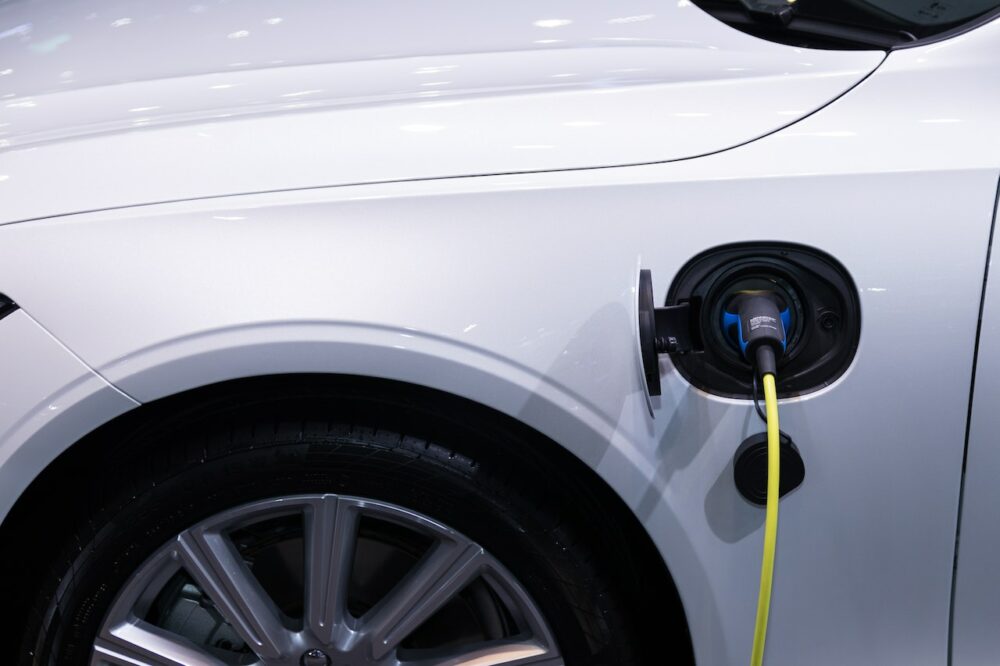To prevent the worst effects of climate change, as per the Paris Agreement, the world should reduce carbon emissions by 45% by 2030 and aim for net-zero by 2050, according to the United Nations. Over the past years, conversations about climate solutions revolve around questions like what will replace oil, coal, and natural gas supply to ensure global temperatures don’t exceed 1.5°C.
To reduce the dependence on fossil fuels, countries are looking at electrifying everything. Switching to clean electricity or electricity generated from solar, wind, or geothermal energy will eliminate the need for mining and burning fossil fuels. If done correctly, electrification could lower greenhouse gas emissions, thus protecting the earth from global warming.

Read on to understand why the future is electric and what things will change.
Benefits of Electrification.
For decades, countries produced electricity from the rotation of turbines. Given this process requires burning fossil fuels, it increases the emission of carbon dioxide into the atmosphere, causing global warming. But as countries switch to renewable energies to generate electricity, results show that electrification is proving effective in meeting decarbonization targets.
Today’s electricity production methods don’t depend on the combustion of fossil fuels, so it’s safe and clean. Not to mention, with unlimited supply of renewable energies, generating electricity is easier and cheaper. By implementing an electrification strategy, governments can quickly replace pollution-generating fossil fuels used in industries, home, and transportation with clean energy.
Future Transportation will be Electric.
As electrification gains momentum, future mobility will be fully electric. Many commuters will transition to electric two-wheelers like e bikes and scooters, and electric vehicles to reduce their carbon footprint. Contrary to common misconceptions about electric vehicles, charging an EV is less harmful to the environment. Compared to gas-powered vehicles, EVs emit fewer greenhouse gasses, making them perfect for fighting climate change.
For example, a new all-electric EV like the 2022 Ford F-150 Lighting produces 200gms of carbon dioxide per mile compared to 410 grams of carbon dioxide released by the average gas-powered automobile. With more focus on decarbonization, governments and the auto sector are increasing their support for the research and development of advanced battery technology and fast charging infrastructure. Improved batteries, easy access to fast EV charging infrastructure, and sufficient power supply, for example, will ensure people embrace electrified mobility.
Building Electrification will Surge.
Electrifying buildings can reduce carbon emissions and improve public health significantly. Through electrification, homeowners can eliminate the combustion of fossil fuels used for heating and cooling living spaces. One of the simplest ways to make building all-electric is swapping gas furnaces, gas stoves, and hot water heaters with efficient electric induction stoves, heat pumps that cool and heat buildings, and electric water heaters.
Industrial Sector Goes Electric.
Besides electrifying buildings, governments worldwide are looking for smart ways to electrify the industrial sector. These steps include electrification of the industrial fleet, equipment, and processes, from the production line to the supply chain. The future of industrial electrification looks promising because of the plummeting costs of renewable energy generation. Plus, electric-powered industry equipment is affordable and easy to maintain.
Climate change is a major concern that requires immediate action to make the world livable. To mitigate the effects of global warming, governments worldwide are exploring the potential of electricity generated from renewables like wind, solar, and geothermal. Through the electrification of transportation, buildings, and industries, governments aim to eliminate fossil fuels and achieve net-zero greenhouse gas emissions.

